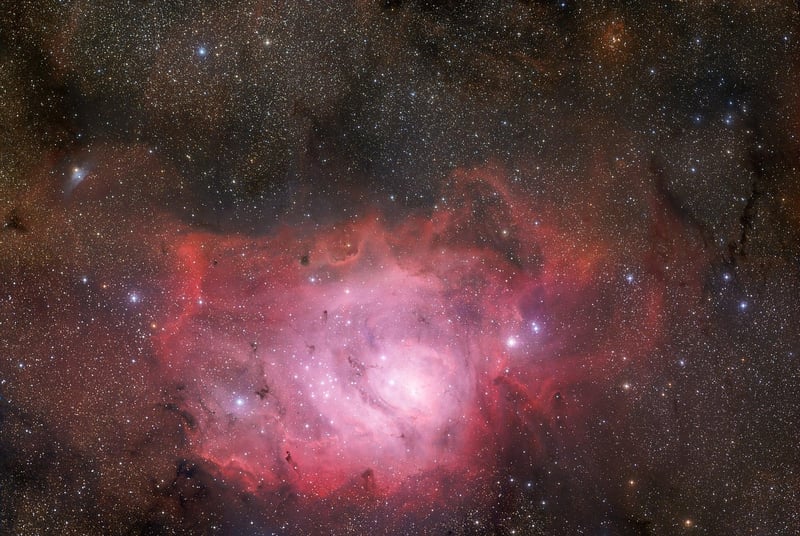Nebula Explorations
Marvel at the Beauty of Space
Space has always captivated the human imagination with its vastness, mysteries, and breathtaking beauty. From the twinkling stars to the swirling galaxies, the cosmos never fails to inspire awe and wonder. One of the most mesmerizing phenomena in space is the nebula, often referred to as the "celestial clouds." These stunning formations of dust, hydrogen, helium, and other ionized gases create some of the most spectacular sights in the universe.
What is a Nebula?
A nebula is a giant cloud of dust and gas in space. These cosmic clouds can range in size from a few light-years across to hundreds of light-years. Nebulae are often regions where new stars are born, as the gravitational forces within the cloud cause the gas and dust to collapse and form dense cores that eventually ignite into stars.
Types of Nebulae
There are several types of nebulae, each with its unique characteristics:
- Emission Nebulae: These nebulae emit light of various colors due to the ionization of gases by nearby hot stars.
- Reflection Nebulae: These nebulae reflect the light of nearby stars, giving them a bluish appearance.
- Planetary Nebulae: The remnants of dying stars, planetary nebulae exhibit intricate and colorful patterns.
- Dark Nebulae: These dense clouds of gas and dust block the light from objects behind them, creating dark patches in the sky.
Exploring Nebulae
Thanks to advances in technology, astronomers can now capture detailed images of nebulae using powerful telescopes and imaging techniques. These images reveal the intricate structures and vibrant colors of these cosmic wonders, allowing us to appreciate the beauty of the universe in ways never before possible.
One of the most famous nebulae is the Orion Nebula, located in the Orion constellation. This stellar nursery is a hotbed of star formation and shines brightly in the night sky. Its vibrant colors and swirling patterns make it a favorite target for both amateur and professional astronomers.

Exploring nebulae not only expands our scientific knowledge but also fills us with a sense of wonder and awe at the beauty of the cosmos. Whether through stunning images or direct observations with a telescope, experiencing the splendor of nebulae is a reminder of the vastness and complexity of the universe we call home.
